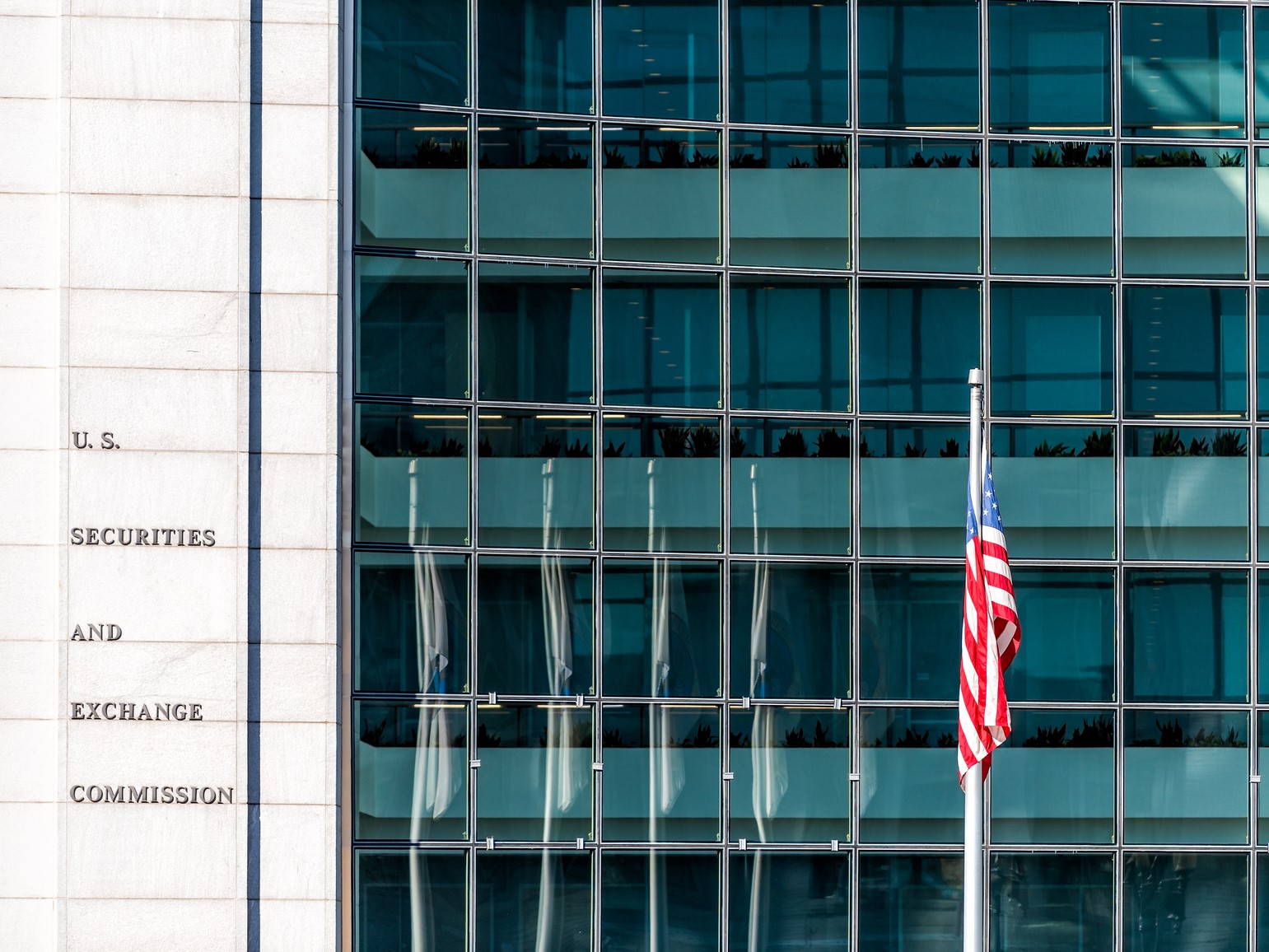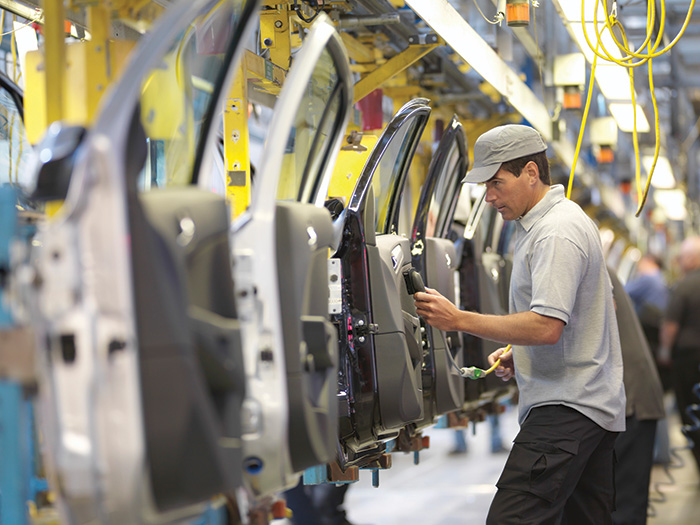Column: Roger's Soapbox
Perspective | Quantifying Lionel Messi’s Earthquake Risk at World Cup 2018
The fates dispatched me to Bermuda in the 1990’s. Catastrophe insurance was reinvented there soon after I arrived, leading me to become a hurricane and earthquake man.
Bermuda saw me at the heart of three major hurricanes, two of them killers. In the first, I refused to leave my home — not through obduracy, but because I was being directed to a nearby house no better fortified than my own.
In the second, I empty-headedly went outdoors in what I quickly learned was the eye of the storm and found myself stranded on the roof when the back end of the whirlwind blew the ladder away. The third disturbance saw me locked indoors while the weather wrecked things and killed people for 12 hours.
Until recently, I had experienced only one earthquake, though — in California in 1988 — and a relatively harmless event it was. Driving a Volkswagen cliché around North America, we were relaxing at a rest area off the freeway when a quake shook the ground for a few seconds. It was a 6-point-something, centered reasonably far away.
What experience, rather than theory, teaches you about earthquakes is how destabilizing they can be. That’s obvious, but you cannot anticipate the brief period of uncertainty that accompanies the shaking, and the more lasting recollection of how brief, and random, life can be for those caught in proximity to a serious quake.
My second seismic event, this spring, was a more sedate affair, experienced at my brother’s home in England’s West Country. A late lunch was accompanied by a sudden, short cracking sound on the roof a foot or two above our heads. With the particular insight that years of learning instills, I confidently declared the culprit to be squirrels.
It was in fact a 4.4 earthquake, its epicenter about 100 miles away, shrugged off immediately and not even worthy of conversation by the next day.
At the start of an interview some years ago, a broker spoke of his relief that earthquake season was over for the year. It was a test to see how clued in I might be. When I expressed, with a certainty I did not entirely possess, that there was no earthquake season, he smiled and told me I had passed the test.
What experience, rather than theory, teaches you about earthquakes is how destabilizing they can be. That’s obvious, but you cannot anticipate the brief period of uncertainty that accompanies the shaking, and the more lasting recollection of how brief, and random, life can be for those caught in proximity to a serious quake.
In Barcelona, Spain, however, we now know there is indeed an earthquake season. It is coterminous with the football (soccer) season. No, I’m not turning the tables by testing you; it’s true. Barcelona, perhaps the world’s best club side, employs one Lionel Messi, perhaps the world’s best football player.
Seismologists who record urban vibrations have noticed that every time Barcelona, and especially Messi, scores a goal, “people jump up and down and the stadium shakes.”
Not only can the scientists say from a distance exactly when a goal was scored, they can rate its relative importance by the intensity of those stamping their feet. A fellow seismologist in the UK can distinguish a goal, by vibration, from the build-up to a goal.
The soccer World Cup is upon us at any moment. It will be watched by billions around the planet. A timely warning, therefore: Beware global stamping.
Editor’s note: After Mexico’s surprise upset of Germany in the first round of this year’s World Cup, seismologists detected this very phenomenon. &










